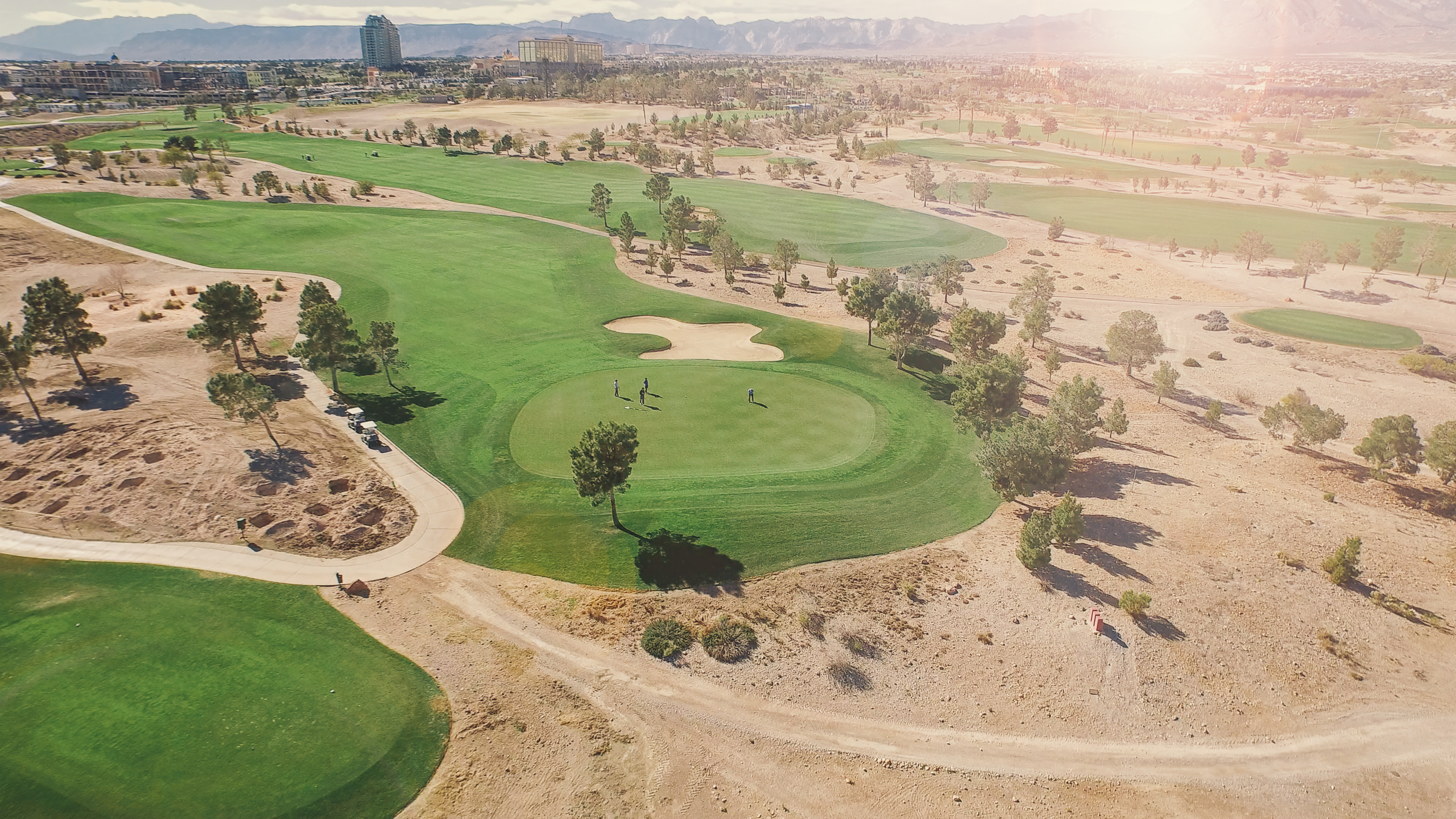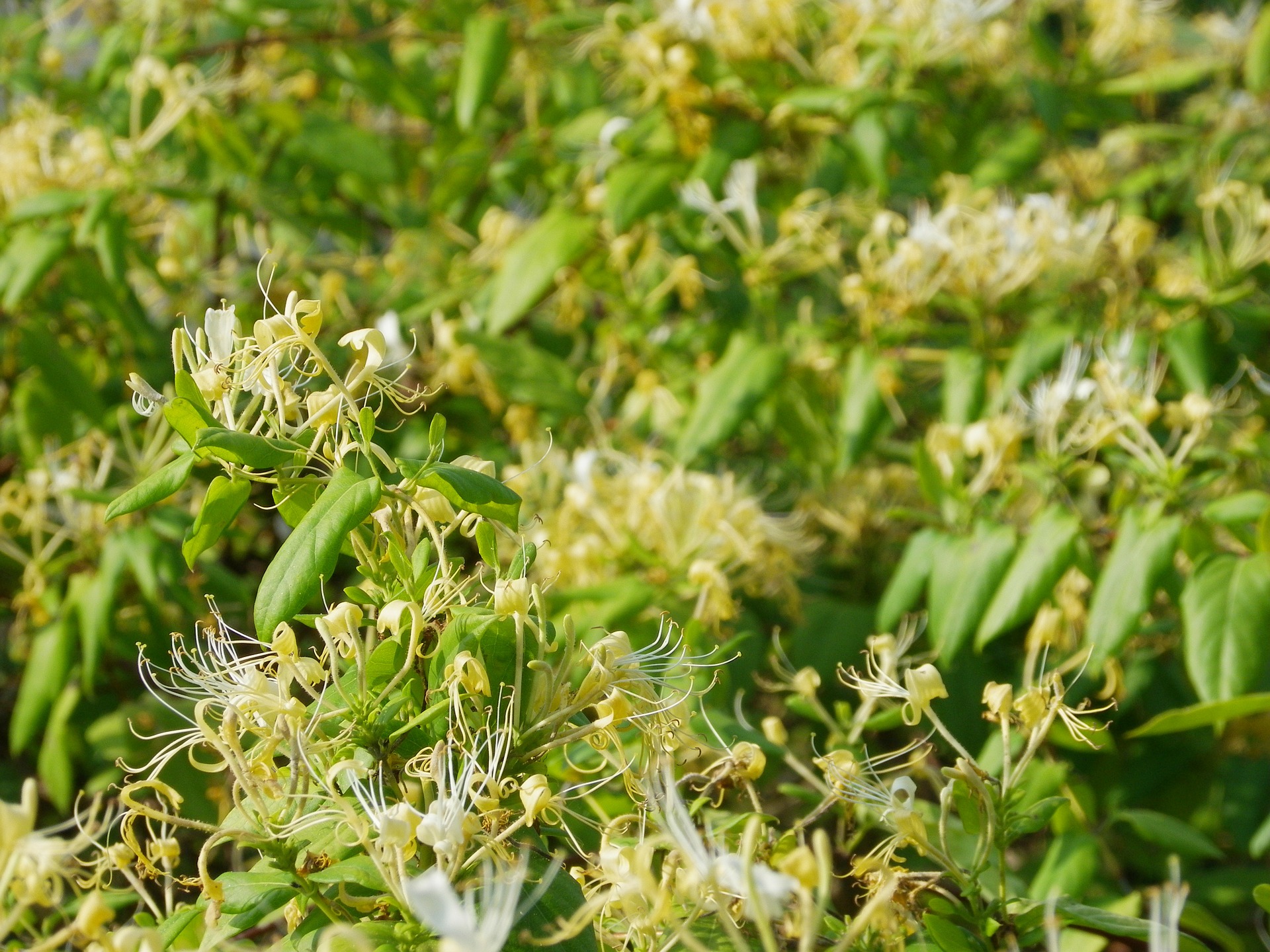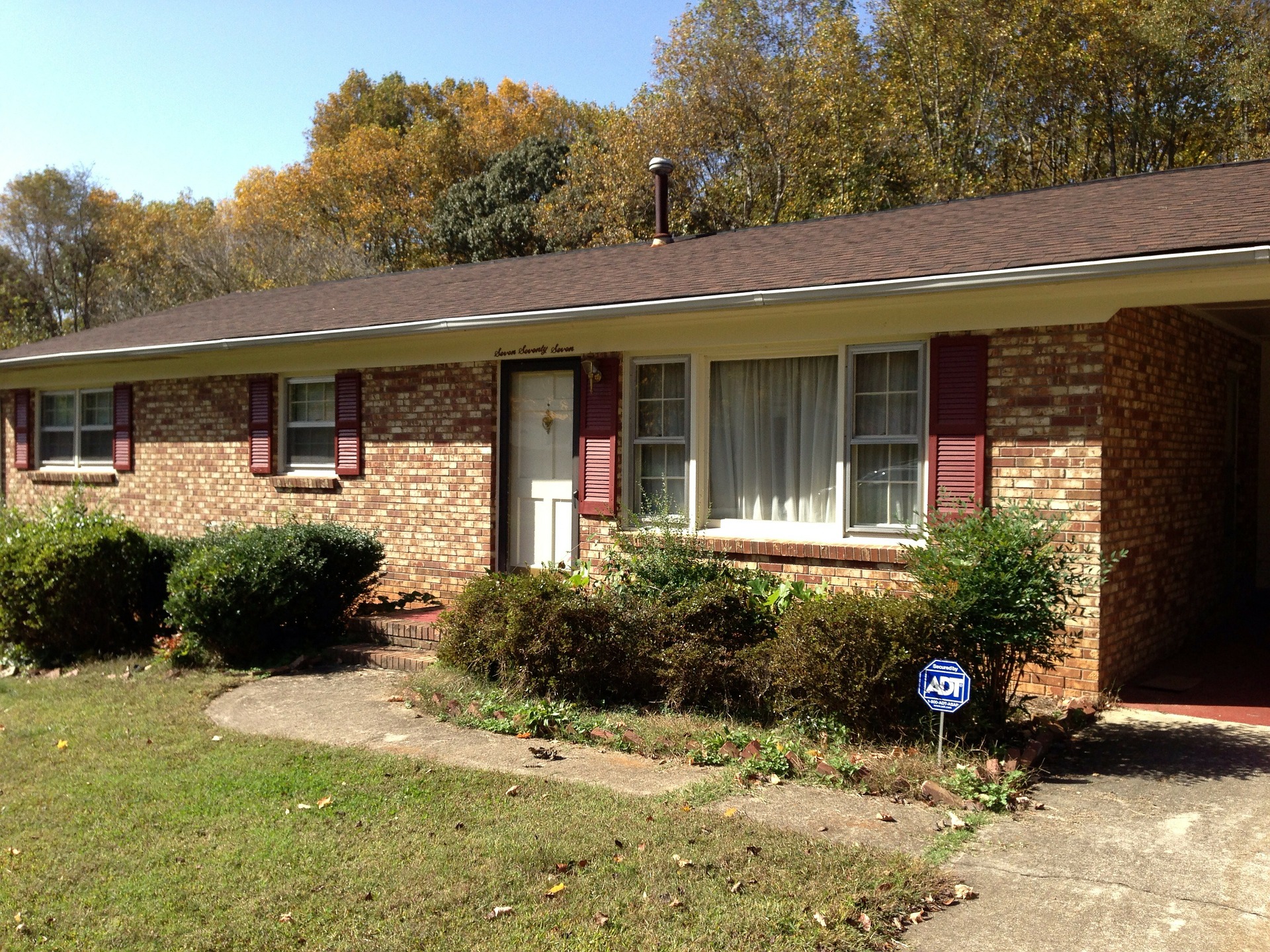A few days ago I took a minute to sit down, relax and look at my yard. Unfortunately, what I thought was going to be a pleasant experience turned into a disappointing reality check. My early fall yard was awful to look at and as much as I wanted to, I couldn’t honestly blame it on the weather. My yard failure was a direct result of mistakes I had made. My only consolation is that I am not alone; the mistakes I made in planning and planting my yard are among the most common landscaping mistakes people make.
15 COMMON LANDSCAPING MISTAKES
IMPROPER PLACEMENT

It’s important to consider the mature size and shape of a plant before installing it in the landscape. You don’t want to block windows with oversized junipers or create a traffic hazard by creating blind spots at the end of a driveway. Know the characteristics of plants you select and make sure that they will fit in the allotted space.
IGNORING OVERHEAD AND UNDERGROUND OBSTACLES

Consider both overhead and underground lines when planting trees and shrubs. The city may turn your gorgeous, mature maple into an eyesore (or even remove it) if it interferes with the overhead lines that supply power to the neighborhood. Underground roots can cause serious, and often expensive, damage as they tunnel into sewer pipes seeking a consistent and reliable water source. Know where your pipes run before you plant.
IMPROPER PLANTING — TOO DEEP

Planting too deep can cause serious problems. In order for a plant to have healthy cell development, the roots need to be able to get and to supply it with sufficient amounts of oxygen. There is more oxygen available towards the surface than deeper in the ground, so roots are able to draw oxygen from the air pockets at the surface, Roots will suffocate and die if the plant is set too deep. If the roots die, then the plant dies. Additionally, trees that are planted too deep often die because the deep roots actually wind up circling the tree and choking it to death.
IMPROPER PLANTING — TOO SHALLOW

Shallow planting can also cause serious problems. Water can be drawn away, or wicked, from the plant, causing it to die from lack of water. Different types of plants have different planting depths, so it is important to carefully research planting depths before you begin. Most state extension services have excellent planting guides.
IMPROPER MULCHING

Piling mulch up against the trunk of a tree or the stem of a plant just encourages problems. Mulch sitting against tree trunks or plant stems encourages fungus and mold growth while giving unwanted critters a comfy place to snuggle. On one hand, deep mulch can smother roots causing the plant to die and on the other it can promote the growth of roots in the mulch instead of the soil. As soon as a dry spell comes, the mulch roots will die causing the plant to die.
IMPROPER WATERING

Both over and under watering contribute to plant stress. Plants that are overwatered are, in fact, drowning in the wet soil. Too much water eliminates the air pockets in the soil so the roots cannot pull the oxygen the plant needs. Roots tend to rot. Too little water is also critical. It not only restricts the amount of nutrients available to the plant, but it also forces the plant to protect its stem and roots by dropping leaves. Dropping leaves eventually leaves the plant without the ability to photosynthesize, or produce energy. For in-ground plants under normal conditions, it’s often better to water less frequently but more deeply.
PLANTING THE WRONG PLANT

Not all plants work in every climate zone or even in every environmental condition of the right zone. Attempting to plant species not adapted to the typical cold, harsh winter conditions or brutally hot and dry summer weather usually results in disappointment. Before purchasing and planting, ask some questions and do some research. Know what zone you are in and compare the plant’s recommended conditions to the specific spot fin which you wish to plant. Will the plant get enough sun? Does it need protection from wind? What kind of soil does it need? If the answers match the conditions you have, then the plant has a good chance of succeeding.
PLANTING INVASIVE SPECIES

Invasive plants are responsible for the loss of both plant and animal species throughout the country. Invasive plants tend to spread very quickly, killing out natives and other desirable plants and thus significantly changing the biodiversity of an area. When their natural habitat is altered, insects, birds and other native wildlife eventually disappear. Invasives can be extremely difficult to eliminate once established. Check your state’s listing for specific plants to avoid.
IMPROPER PRUNING

Imposing a shape or size on a plant that is not its natural growth habit can not only destroy its beauty, it can also weaken and deform otherwise healthy plants, shortening their lifespan by removing foliage it needs. Proper pruning removes branches and leaves that are no longer necessary so that the plant can more effectively use light to produce energy.
PLANTING WITHOUT A PLAN

Landscaping without a plan in mind and on paper can have several unfortunate results. Randomly sticking plants in the ground as the fancy strikes easily leads to a disjointed and chaotic landscape with no sense of unity or cohesion. The eye and the brain have a difficult time determining where to begin looking and how to navigate through the design. Rather than absorbing and appreciating the details, the brain reacts by rejecting the visual experience, leaving a vaguely unsettled feeling. Having a well-thought out, written design allows you to plan the eye’s path using controlled repetition of color, shape, texture and movement.
LANDSCAPE CHAOS
A plan helps you avoid the temptation of including one of every plant variety you fall in love with at the garden center. Unless the situation calls for a single, dramatic focal point, groupings of similar plants often present a more pleasing effect, especially in a defined space.
FALL AND WINTER DOLDRUMS

Thinking through your design before planting gives you the opportunity to plan for a four season yard. Often, we carefully plant vibrant, exciting beds for spring and summer, but when fall and winter come, the yard is dull and lifeless. Completing a scaled drawing on paper that lists specific varieties gives you a chance to envision what the space will look like in all four seasons.
IGNORING WILDLIFE

Considering your plant material before planting gives you the opportunity to think about the landscape in terms of wildlife. Are you wanting to attract monarch butterflies or are you trying to avoid planting a buffet for the neighborhood deer? The plant material, water features and hardscape materials that you select for your yard will have a direct impact on the type and number of animals that visit it — and potentially destroy it.
FORGETTING INDOOR VIEWS

If you really stop and think about it, much of the time we enjoy our yards from inside our homes. Both before you design and as you plant, take the time to study the views from your windows. Research shows that just looking at nature reduces blood pressure and improves mental and emotional health, so create a landscape that encourages you to spend time gazing outdoors.
AVOIDING ROUTINE MAINTENANCE

Admittedly, doing routine outdoor “chores” can become monotonous — sometimes it is just easier to avoid those tasks. Neglecting basic maintenance like mowing, weeding, watering and removing dead plants however, can quickly cause even the most elegant landscape to appear unkept and poorly executed, decreasing the home’s curb appeal and even lessening its value. In some markets, a well landscaped home can increase the value of the home by 20%.

